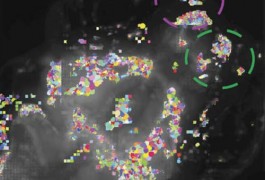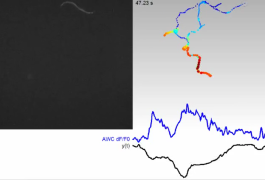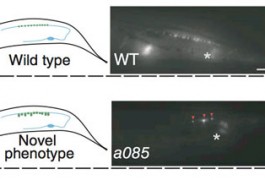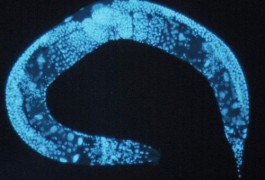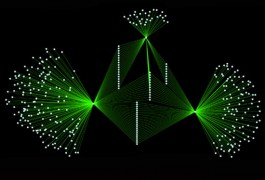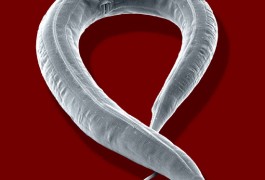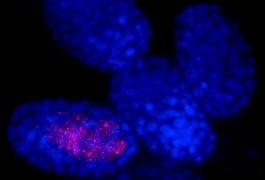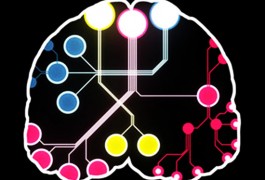Sophisticated camera captures all firing neurons
A new imaging technique can capture the activity of every neuron in a zebrafish larva or a roundworm. Researchers described the method, which is at least ten times faster than others, in Nature Methods.
